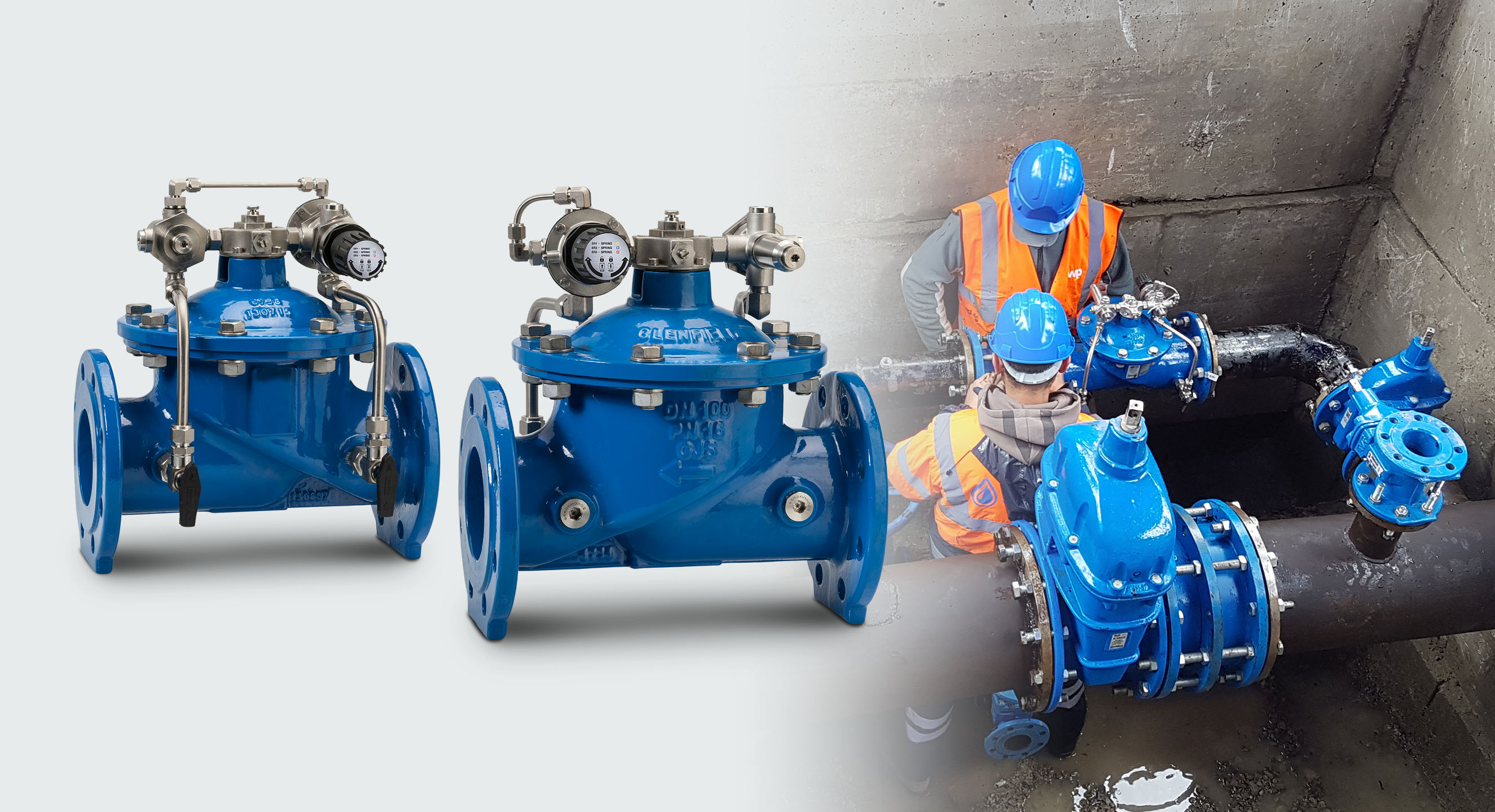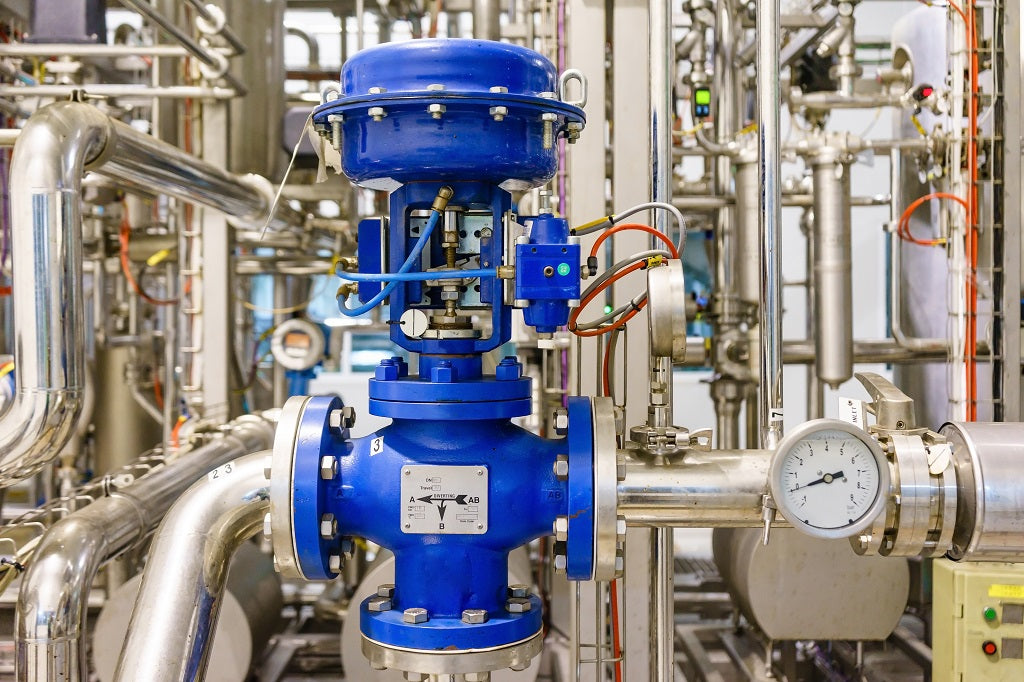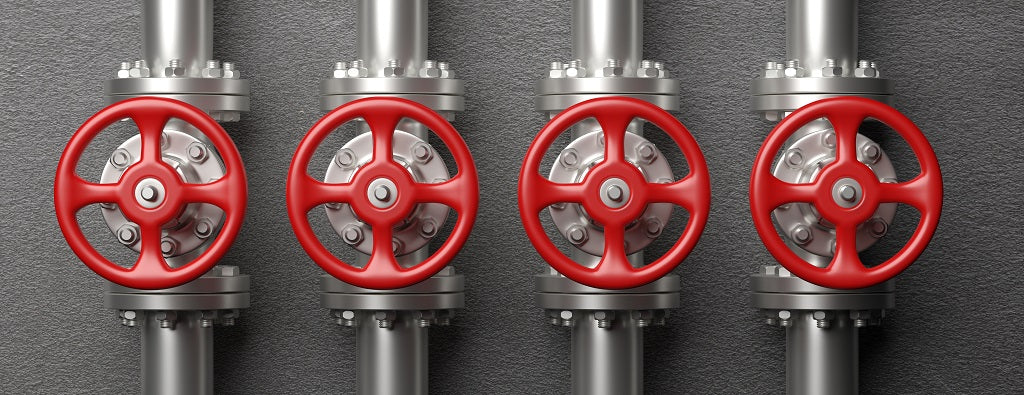How Control Valves Impact Energy Efficiency in Industrial Settings
How Control Valves Impact Energy Efficiency in Industrial Settings
Blog Article

Maximize Energy Savings and Comfort With Advanced Building Automation Controls
In the realm of modern design and facility administration, the combination of innovative structure automation manages stands as an essential improvement. The convergence of technology and sustainability has actually birthed a new era where power effectiveness, comfort optimization, and functional streamlining are no much longer far-off aspirations yet attainable facts. By utilizing the power of automation, buildings can adapt, react, and evolve in ways that were once inconceivable. The capacity for substantial power savings and enhanced comfort is not just an opportunity yet an assurance waiting to be fulfilled. This paradigm change in building administration holds the vital to opening a globe where ecological conscientiousness and owner wellness sympathetically exist together within the wall surfaces of our structures.
Energy Effectiveness Benefits
Power performance advantages can substantially decrease energy consumption and functional expenses in buildings. By implementing energy-efficient practices and modern technologies, structure owners and drivers can accomplish significant financial savings while also adding to ecological sustainability. One of the primary advantages of enhancing energy effectiveness in structures is the decrease of energy expenses. Energy-efficient systems, such as innovative structure automation controls, can maximize making use of sources like home heating, lights, and air conditioning, causing lower energy expenditures with time.
In addition, improved energy performance can lengthen the life expectancy of building tools and systems. By operating more efficiently, HVAC systems, lighting components, and various other structure parts experience much less wear and tear, causing minimized maintenance and substitute costs. In addition, energy-efficient buildings frequently regulate higher property worths and rental prices, supplying lasting monetary benefits to owners.
Furthermore, energy effectiveness can boost owner comfort and performance. Appropriately managed interior atmospheres with ideal illumination and thermal problems create an even more conducive and enjoyable office, resulting in enhanced worker satisfaction and efficiency. In general, the energy efficiency advantages related to advanced building automation controls are diverse, incorporating cost savings, ecological stewardship, and owner well-being.
Improved Convenience Control
Enhancing convenience control in structure settings needs an advanced integration of advanced automation systems for optimum owner health. By making use of sophisticated building automation controls, facilities can customize the interior atmosphere to meet the details demands and choices of passengers. control valves.
By integrating these innovative controls, buildings can not just enhance comfort yet also boost energy effectiveness by maximizing system operations based on real occupancy and usage patterns. Inevitably, prioritizing owner comfort with innovative automation systems leads to a much more delightful and healthier interior environment.
Functional Effectiveness Improvements

Additionally, the execution of real-time tracking and analytics devices makes it possible for structure operators to recognize energy ineffectiveness and functional anomalies immediately. By continually keeping an eye on power usage patterns and system performance metrics, modifications can be made in real-time to maximize energy usage and make certain peak operational effectiveness. control valves. Furthermore, incorporating demand feedback techniques right into structure automation controls can better enhance functional performance by dynamically readjusting energy usage based on grid problems and rates signals
Indoor Climate Optimization
Effective interior environment optimization is a basic aspect of building automation controls, making certain owners' convenience and health while maximizing energy savings. By utilizing advanced sensors and controls, building automation systems can continuously keep an eye on and readjust temperature level, Look At This moisture degrees, air high quality, and ventilation to produce an optimal indoor environment. Maintaining comfy and regular problems not just improves passenger complete satisfaction however likewise improves performance and total well-being.
Indoor climate optimization likewise This Site plays an essential duty in power performance. By fine-tuning ventilation, heating, and air conditioning systems based upon real-time data and tenancy patterns, constructing automation controls can dramatically minimize energy consumption - control valves. Implementing approaches such as demand-controlled ventilation and thermal zoning can aid lessen energy waste while making certain that each area of the structure gets the necessary conditioning.

Sustainable Environment Creation
Structure automation regulates not just enhance interior climate conditions for power performance and owner convenience yet likewise lay the foundation for creating a sustainable setting via critical management of systems and sources. By incorporating sophisticated building automation technologies, such as sensors, actuators, and smart software application, facilities can monitor and readjust power use in real-time to reduce waste and reduce their carbon impact. These systems allow anticipating upkeep, identifying possible problems before they rise and enhancing equipment efficiency to improve longevity and performance.
Furthermore, lasting atmosphere creation prolongs beyond power administration to encompass water preservation, waste reduction, and interior air top quality enhancement. Building automation controls can manage water use, find leakages, and make certain correct garbage disposal techniques, adding to general sustainability initiatives. In addition, by managing and keeping an eye on ventilation and filtration systems, these technologies boost passenger wellness and performance while decreasing power intake connected with cooling and heating operations.
Final Thought
In verdict, advanced building automation manages deal significant benefits in regards to power savings, comfort control, operational effectiveness, interior environment optimization, and creating a sustainable atmosphere. By applying these controls, structures can achieve ideal efficiency while minimizing power intake and improving resident convenience. It is noticeable that the use of sophisticated automation modern technology look at these guys is crucial in improving structure efficiency and creating a much more lasting future.
Power effectiveness advantages can dramatically reduce energy consumption and operational costs in structures. Overall, the power efficiency advantages linked with innovative structure automation controls are complex, incorporating price financial savings, ecological stewardship, and passenger health.
Additionally, including need reaction techniques into structure automation controls can additionally improve operational performance by dynamically readjusting energy usage based on grid problems and prices signals.
Building automation regulates not only maximize interior climate problems for energy efficiency and passenger comfort but additionally lay the foundation for developing a lasting environment via tactical management of sources and systems.In conclusion, progressed building automation regulates deal considerable advantages in terms of power savings, convenience control, operational performance, indoor environment optimization, and creating a lasting environment.
Report this page